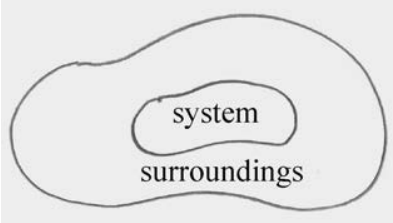14.1: Conservation of Energy
( \newcommand{\kernel}{\mathrm{null}\,}\)
There is a fact, or if you wish, a law, governing all natural phenomena that are known to date. There is no exception to this law — it is exact as far as we know. The law is called the conservation of energy. It states that there is a certain quantity, which we call energy that does not change in the manifold changes which nature undergoes. That is a most abstract idea, because it is a mathematical principle; it says that there is a numerical quantity, which does not change when something happens. It is not a description of a mechanism, or anything concrete; it is just a strange fact that we can calculate some number and when we finish watching nature go through her tricks and calculate the number again, it is the same.
~Richard Feynman
So far we have analyzed the motion of point-like objects under the action of forces using Newton’s Laws of Motion. We shall now introduce the Principle of Conservation of Energy to study the change in energy of a system between its initial and final states. In particular we shall introduce the concept of potential energy to describe the effect of conservative internal forces acting on the constituent components of a system.
Recall from Chapter 13.1, the principle of conservation of energy. When a system and its surroundings undergo a transition from an initial state to a final state, the change in energy is zero,
\Delta E=\Delta E_{\text {system }}+\Delta E_{\text {surroundings }}=0 \nonumber

We shall study types of energy transformations due to interactions both inside and across the boundary of a system.

